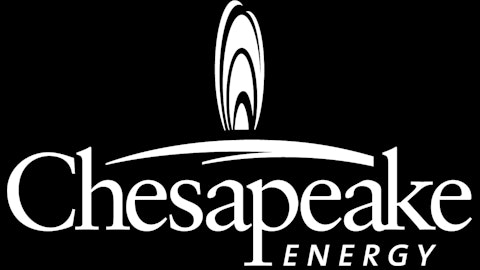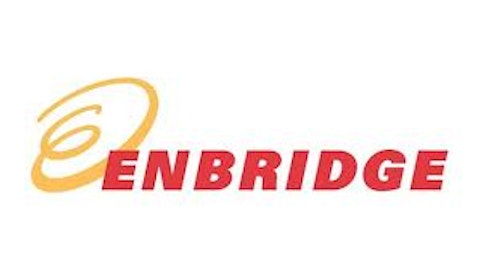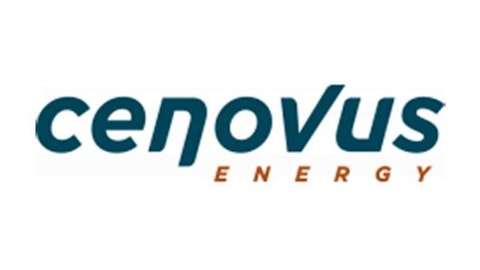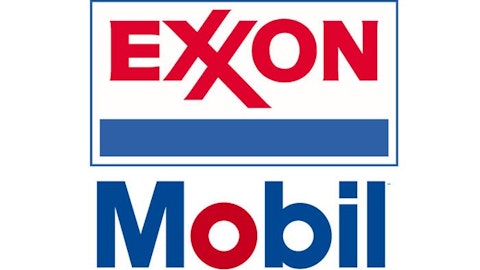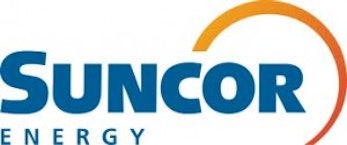
Canada’s energy capital is under a blackout after devastating floods made a ghost town out of the city’s office towers. It could take days for the water to recede and power to return.
Does the natural disaster in Calgary foreshadow problems in the oil sands? This year several large projects have already been cancelled and new problems threaten to stall growth.
Here’re the top three challenges facing the oil sands.
1) Rising costs
Operating costs in the oil sands have risen considerably since 2001 from $10/barrel (brl) to $20/brl due to rising natural gas prices, environmental compliance costs, and chronic supply shortages.
New projects also require greater upfront investment. Between 2001 and 2011, the average development cost of a 100,000 b/d project increased from $3.3 billion to $7.3 billion.
For example, consider Imperial Oil Limited (USA) (NYSEMKT:IMO)‘s Kearl oil sands mine. The project is expected to cost $12.9 billion, higher than the $7.9 billion originally estimated five years ago. Delays in the 110,000 barrel/day project were due to difficulties in transportation equipment to the mining site. Delays and cost overruns threaten the Imperial’s reputation as a premium oil sands developer.
Operators are also plagued by chronic labor shortages. Alberta’s 4.4% unemployment rate forces employers to look outside of the province’s borders to find workers.
Suncor Energy Inc. (USA) (NYSE:SU) has gone as far as creating an airline – called Sunjet – to shuttles workers from as far as Canada’s east coast. Sunjet transports 25,000 people per month and ranks as the nation’s 12th largest airline.
According to the National Energy Board, new in-situ projects require $55-$65/brl while mining projects require $70-$80/brl to be viable. While current prices support oil sand development, growing costs could curtail growth.
2) Pipeline gridlock
Rapidly growing oil sands production has already exhausted pipeline capacity. Because of the supply chain gridlock, Western Canadian Select – a benchmark for Alberta crude oil prices – trades at a $20 discount to West Texas Intermediate.
Industry analysts see TransCanada Corporation (USA) (NYSE:TRP)‘s Keystone XL pipeline as a savior. If approved, the project will ship 830,000 b/d of Alberta crude south to Gulf coast oil refineries. The project has been approved by the state of Nebraska but still awaiting the greenlight from the U.S. State Department.
But Keystone won’t end Canada’s oil glut. Growing production from the Alberta oil sands and North Dakota Bakken could outstrip pipeline capacity by 2018 even if Keystone is constructed.
For pipeline producers like TransCanada Corporation (USA) (NYSE:TRP), this opportunity presents a decade or more of expansion potential. For upstream producers, it means Canadian crude will continue to trade at a discount.
3) Environmentalist resistance
Canadian ‘dirty oil’ is increasingly unwelcome in many markets.
Last month, the European Union threatened to implement a carbon fee on oil sands product which it considers a greenhouse gas intensive oil source.
On Tuesday, U.S. President Barack Obama laid out his strategy to tackle climate change and reduce the country’s carbon footprint. That plan could involve blocking south-bound pipelines like Keystone.
Increasingly environmental groups have been successful at applying political pressure to push their cause. In May, environmentalists were successful at encouraging the British Columbia provincial government to reject construction of the Enbridge Northern Gateway pipeline, preventing oil sands crude from accessing premium-priced Asian markets.
Investor implications
For investors, it means a more challenging environment for upstream Canadian producers.
As the largest oil sands producer, Suncor Energy Inc. (USA) (NYSE:SU) serves as a good bellwether.
Suncor Energy Inc. (USA) (NYSE:SU) has cut its capital spending program, cancelling its $11.6 billion Voyageur upgrade facility. There are now doubts if the company will persue its Fort Hills expansion.
Suncor Energy Inc. (USA) (NYSE:SU)’s oil sands production is projected to grow 10% annually over the next decade. But those projections may need to be ratcheted down if conditions continue to deteriorate.
Foolish bottom line
So does this spell the end of the Canadian oil sands? Not likely – the industry has faced bigger challenges before and many executives are still confident in the play’s long-term potential.
Short-term challenges should be viewed as a bump in the road. Already, Canadian oil prices have rebounded sharply from their lows last winter as crude begins to move by rail and refiners switch to heavy oil varieties.
In Calgary, there are no plans to cancel this year’s Stampede – an annual 10-day rodeo, exhibition and festival. In the event’s 101- year history, the Stampede has never been cancelled in spit of two world wars and the Great Depression. According to event president Bob Thompson, the show will go on ‘come hell or high water’.
The article The Top 3 Challenges Facing the Oil Sands originally appeared on Fool.com and is written by Robert Baillieul.
Robert Baillieul has no position in any stocks mentioned. The Motley Fool has no position in any of the stocks mentioned. Robert is a member of The Motley Fool Blog Network — entries represent the personal opinion of the blogger and are not formally edited.
Copyright © 1995 – 2013 The Motley Fool, LLC. All rights reserved. The Motley Fool has a disclosure policy.

